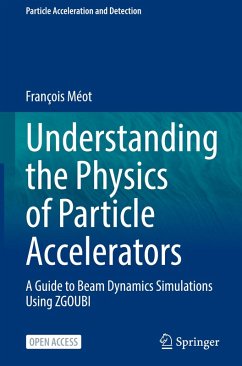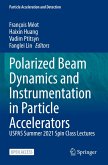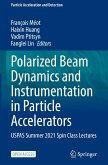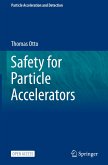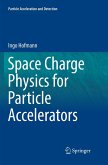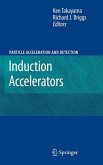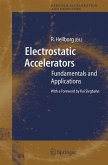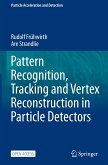This open access book introduces readers to the physics of particle accelerators, by means of beam dynamics simulations and exercises using the computer code ZGOUBI. The respective chapters are organized chronologically and trace the historical development of accelerators from electrostatic columns to storage rings, to the numerous variations on resonant acceleration and focusing techniques, while also addressing side aspects such as synchrotron radiation and spin dynamics.
The book offers computer simulations in which readers can manipulate, guide, and accelerate charged particles and particle beams in most types of particle accelerator. By performing these simulation exercises, they will acquire a deeper understanding of charged particle beam optics, accelerator physics and technology, as well as the why and how of when to use one technology or the other. These exercises guide readers through a virtual world of accelerator and beam simulations, and involve e.g. manipulating beams for cancer therapy, producing synchrotron radiation for condensed matter research, accelerating polarized ion beams for nuclear physics research, etc. In addition to acquiring an enhanced grasp of physics, readers will discover the basic theoretical and practical aspects of particle accelerators' main components: guiding and focusing magnets, radio-wave accelerating cavities, wigglers, etc.
The book offers computer simulations in which readers can manipulate, guide, and accelerate charged particles and particle beams in most types of particle accelerator. By performing these simulation exercises, they will acquire a deeper understanding of charged particle beam optics, accelerator physics and technology, as well as the why and how of when to use one technology or the other. These exercises guide readers through a virtual world of accelerator and beam simulations, and involve e.g. manipulating beams for cancer therapy, producing synchrotron radiation for condensed matter research, accelerating polarized ion beams for nuclear physics research, etc. In addition to acquiring an enhanced grasp of physics, readers will discover the basic theoretical and practical aspects of particle accelerators' main components: guiding and focusing magnets, radio-wave accelerating cavities, wigglers, etc.

